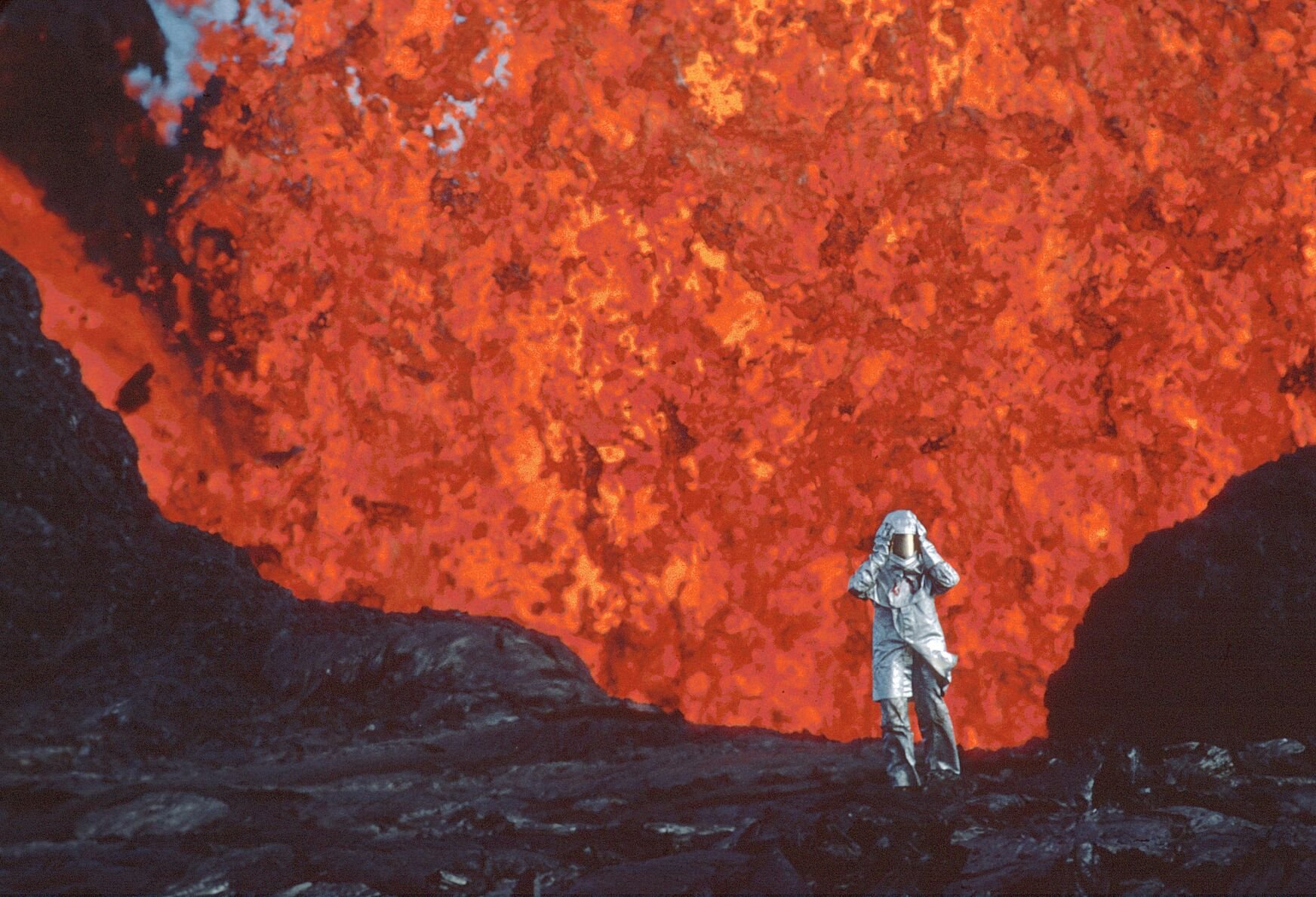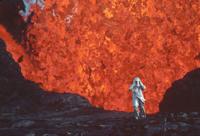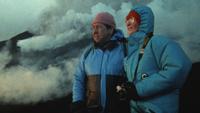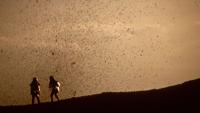It made the shortlist for Best Documentary Feature at the 95th Academy Awards. It was one of fifteen. Because this film is also nominated at the 34th Producers Guild of America Awards, it means its chances are a bit greater, but probably only fifteen percent that it will get the Oscar nomination. It's been critically acclaimed, appearing on the Top Ten lists of several publications, including Baltimore magazine, Entertainment Weekly, Rolling Stone and The Wall Street Journal.
Director Sara Dosa is a member of the Academy's Documentary Branch. Her debut was The Last Season (2015), which followed two war veterans who became wild mushroom hunters who form a friendship. She later made The Seer & the Unseen (2019) about an Icelandic person who communicates with nature. It was non-surprising that National Geographic Films would pick up Dosa's work here after its premiere at the Sundance Film Festival because like her previous projects, Dosa is again dealing with people drawn to something outside and in the physical world.

Instead of two war veterans, the relationship is between Katia Krafft, a French chemist, and her husband, Maurice Krafft, a French geologist. Both of them are scientists who primarily work as volcanologists. They study the causes and effects of eruptions from the Earth's core. They were unique in their passion for volcanoes and in fact they were one of the only married couples doing what they were doing.
In 1991, Katia and Maurice Krafft died in the eruption of Mount Unzen, Japan. They were there to shoot film of the eruption and its aftermath, which was something they had done for over 20 years. Dosa's film is essentially an editing down of their 20 years of footage, leading up to their deaths. It could be crudely described as a travelogue of the Kraffts from Iceland to Zaire, from the Congo to Indonesia and from the United States to Colombia.

Each place has volcanoes that the Kraffts document. Despite being scientists, it's arguable that they're really artists, photographic artists. Their film footage has captured some beautiful, if not gorgeous images of those volcanoes in action. Yes, they're explorers and wanderers who would rather live in or near volcanoes. Shooting film was simply a way to fund or get funding for their travels, but photography seemed to become an art for them that also distinguished the pair.
Pursuing that art to the exclusion of everything else was a driving force for them. They decided they didn't want children. Interviews conducted of the Kraffts underscored their disillusion or even rejection of humanity, regarding nature and specifically volcanic activity above all else. Half way through the film, that disillusion and seeming apathy toward their fellow man disappear.

The latter half of this film redeems Katia and Maurice. It more so redeems Katia, showing that she is more mindful of the danger of volcanoes. In 1985, the eruption of Nevado del Ruiz in Colombia caused a change for Katia. She saw the killing of so many that it made her become an activist in warning people who live near volcanoes to evacuate when warnings are available.
This film shows us the art of the images the Kraffts captured. This film doesn't give that much of the science. Narration from actress-filmmaker Miranda July gives us nuggets about plate tectonic theory and volcano classification, simplified to either red volcanoes or grey volcanoes. Otherwise, this film is marveling at explosions of ash clouds or watching the flow of lava, melting and forming rocks.

I couldn't help but think of Grizzly Man (2005), the documentary that depicts the life and death of Timothy Treadwell who is a man not that different from the Kraffts. Treadwell was a man who was killed due to his desire to be near a dangerous form of nature. Perhaps, there's a lesson to be learned in both.
Rated PG for unsettling images and brief smoking.
Running Time: 1 hr. and 38 mins.
Available on Disney + and Hulu.






























